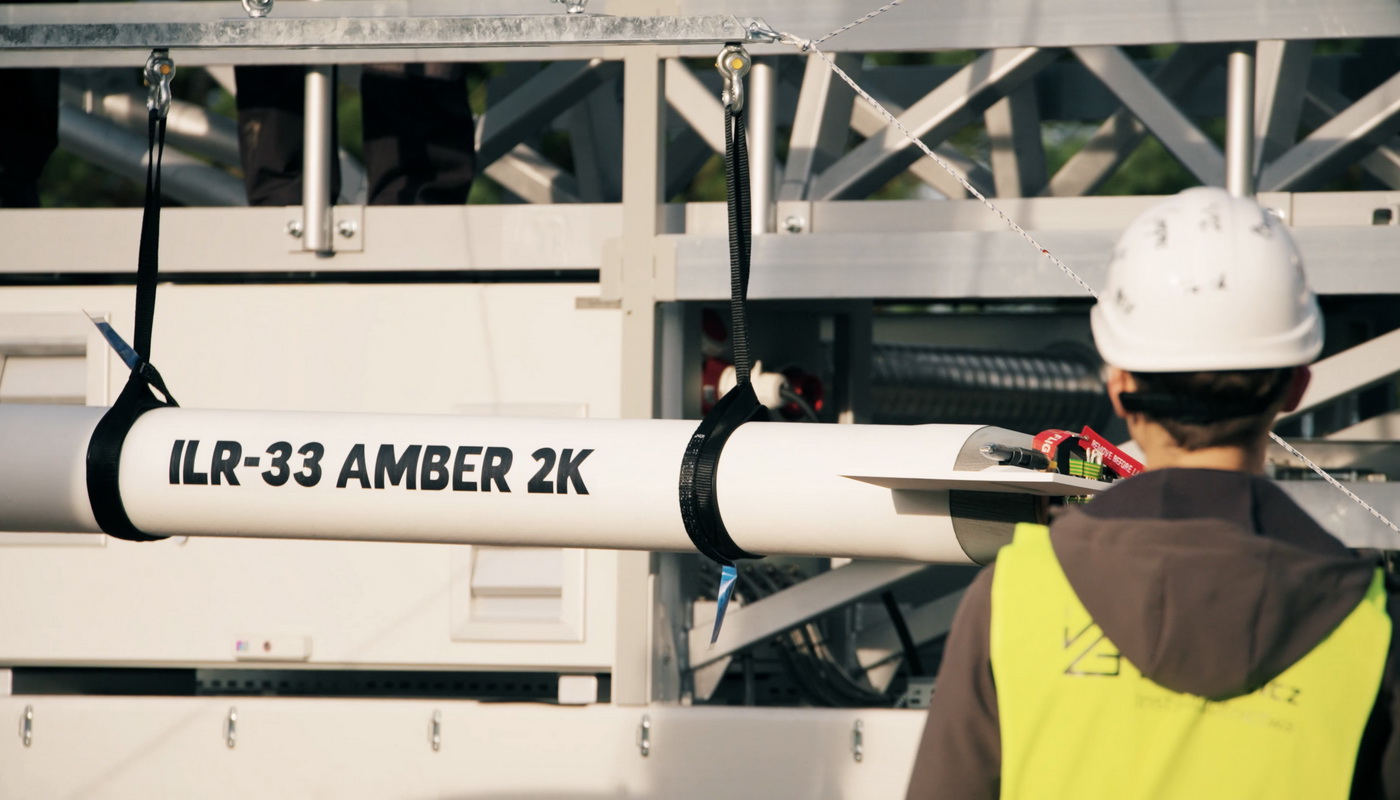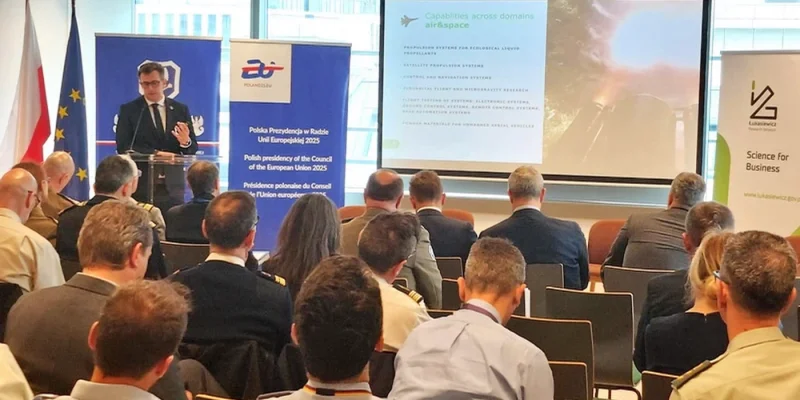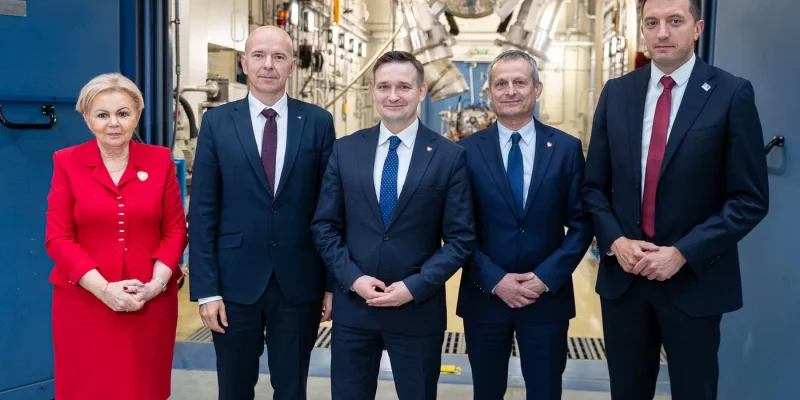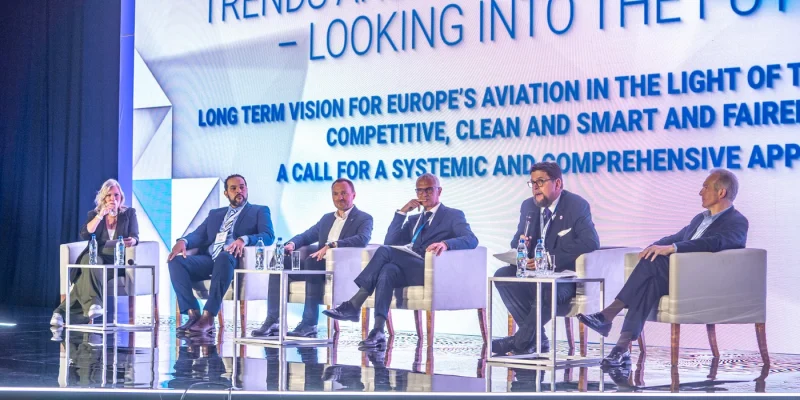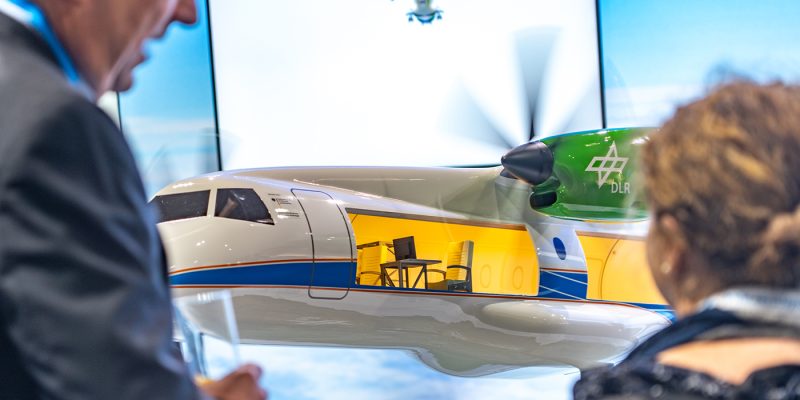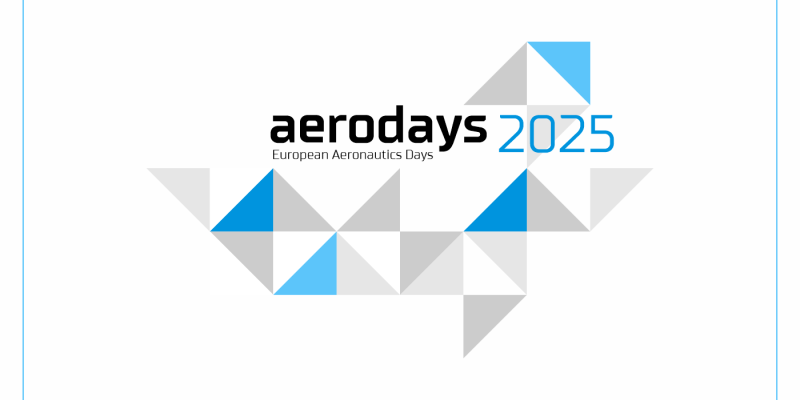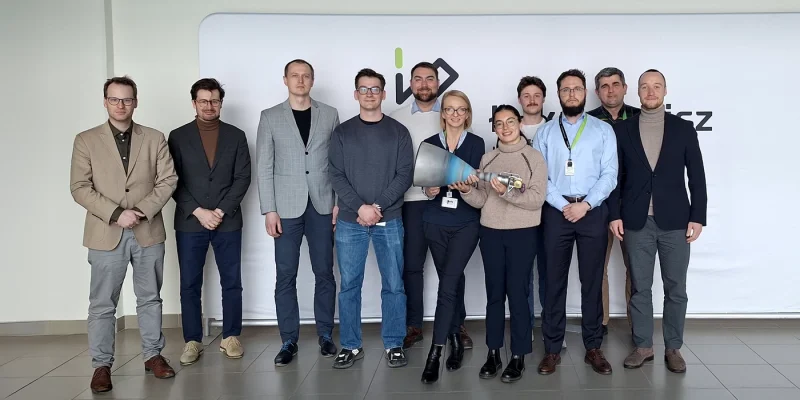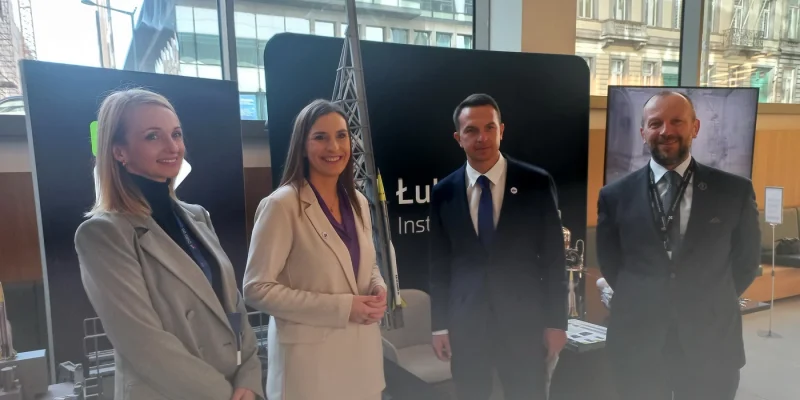Łukasiewicz – Institute of Aviation is planning a foreign mission of the ILR-33 AMBER 2K rocket. This is the next stage of research and development work preparing Polish suborbital rockets for flights in space environment.
Łukasiewicz – Institute of Aviation is one of the largest scientific and research institutions in Europe and the largest in the aviation industry in Poland. Research in the field of aviation and space technologies has been conducted at the Institute for almost 100 years, and the competences and experience of engineers are used by international large satellite integrators, , as well as entities developing and producing space transportation systems that put satellites into orbit.
“Many breakthrough solutions and space technologies have been developed at the Łukasiewicz – Institute of Aviation. These undoubtedly include the system comprising the ILR-33 AMBER 2K rocket, which is the flagship project of our Space Technology Center. Many of the elements used in it can be successfully implemented in other space transportation systems” said Dr. Eng. Paweł Stężycki, director of the Łukasiewicz – Institute of Aviation.
ILR-33 AMBER 2K – a breakthrough space technology from Poland
The ILR-33 AMBER 2K suborbital rocket can reach the speed of nearly 1.4 km/s and is intended to test technologies for the space industry and allow scientific research. The solutions used in it are pioneering.
“AMBER is the first rocket in the world to use hydrogen peroxide with a concentration of 98% as an oxidizer, one of the most ecological propellants. With this project and the technologies used in it, we want to prove to the world that sustainable, ecological transport is possible in space” adds Dr. Eng. Paweł Stężycki, director of the Łukasiewicz – Institute of Aviation.
The ILR-33 AMBER 2K rocket is equipped with an innovative hybrid rocket motor and solid propulsion, as well as a number of modern technologies that can be used in other rocket systems. These include the OBC-K1 modular on-board computer, EGG1U pyrotechnic cartridges, pyrotechnic valves and the WR-2 mobile autonomous launcher. All design work was carried out at the Łukasiewicz – Institute of Aviation.
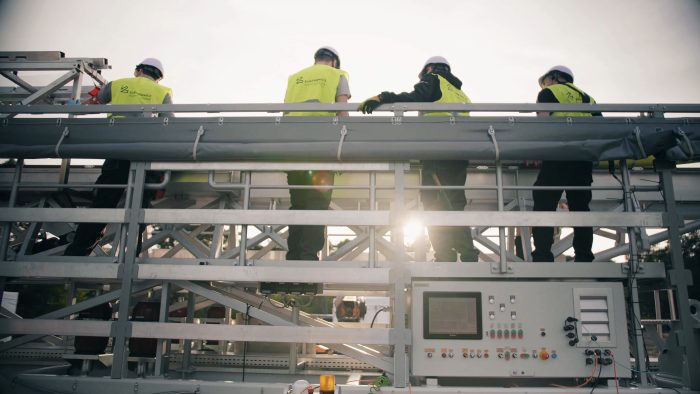
Currently, the project is at a breakthrough moment. The work to enable the rocket to fly in a configuration that may ultimately allow it to carry small payloads to the Von Kármán Line, the edge of space, is being carried out.
“Flight tests of the ILR-33 AMBER 2K rocket developed by Łukasiewicz – Institute of Aviation are of particular importance for the development of rocket technologies in Poland. The Polish Space Agency supports the institute’s activities in this area. The competences and experience of Polish engineers in space transportation systems design are now the starting point allowing not only participation in large space rocket development programs but also involvement in the implementation of projects for the needs of the Polish Armed Forces” said Dr Michał Wierciński, vice president of Polish Space Agency.
The solutions developed under the AMBER program have already enabled the involvement of Polish consortiums in a number of international rocket projects of the European Space Agency, the European Defense Agency and the European Defense Fund.
“The system comprising the ILR-33 AMBER 2K rocket is of particular importance for the development of rocket technologies in Poland. The planned tests in space environment are an important element of building Polish engineering competences and the development of Polish space technologies. Especially since the ILR-33 BURSZTYN 2K is also a key milestone for the development of advanced technologies for orbital launch vehicles, which are currently only available in a few countries in Europe” said Dr Eng. Paweł Stężycki, director of Łukasiewicz – Institute of Aviation.
Why tests preparing rocket for flight in space conditions are carried out of Poland?
After four consecutive test missions completed successfully in Poland, the next stage of preparations of the ILR-33 AMBER 2K to reach the edge of space will take place this year in July. Polish technology will be tested in Norway where one of the key European space centers for launching space vehicles is located.
“The test campaign is done at a foreign test range because the impact zone of the rocket stages and systems is large and for safety reasons we carry out tests at a location dedicated for suborbital launches. This is also a further test of our cooperation with international partners. It is extremely important because currently the majority of R&D work on launch vehicle technology in Europe is carried out internationally” said Dr Eng. Adam Okniński, director of Space Technology Center at Łukasiewicz – Institute of Aviation.
The team responsible for developing the construction qualified all subsystems of the rocket and ground equipment for flight. However, full verification of the systems can only be done through flight tests.
“We are optimistic about the next tests of the AMBER system. It is already known that the rocket will be used in 2025-2027 by the Polish company Thorium Space. This will take place as part of the project “Satellite remote sensing and communication system for suborbital research rockets – PHASE II” (financed by the National Centre for Research and Development) which aims to develop new technological products of the company for the space sector” concluded Dr Eng. Sylwester Wyka, deputy director for research at Łukasiewicz – Institute of Aviation.
The ILR-33 AMBER 2K rocket is an interesting technological test-bed, which allows for robust in-flight testing of components and subsystems . It can be used to conduct atmospheric research and carry out scientific experiments. Thus, advanced programs for industry, science and educational programs can be carried out. Initiating such a program in will facilitate access for national entities to space and allow for increasing the level of technological readiness of Polish hardware. This is an important step carried out by engineers from the Łukasiewicz – Institute of Aviation and an opportunity for the entire Polish space sector.
_
The Łukasiewicz Research Network – Institute of Aviation is one of the most modern research facilities in Europe, with traditions dating back to 1926. The Institute closely cooperates with global tycoons of the aviation industry, such as: Boeing, GE, Airbus, Pratt & Whitney, and institutions from the space industry, including the European Space Agency. Strategic research areas of the Institute are aviation, space and unmanned technologies. It also provides research and services for domestic and foreign industries in the field of materials, composite, additive, remote sensing, energy and oil&gas technologies. More: ilot.lukasiewicz.gov.pl/en/
The Łukasiewicz Research Network offers businesses attractive, broad and competitive technological solutions. Łukasiewicz provides a unique “challenge system” powered by a group of 4,500 scientists, who take up a business challenge and present the entrepreneur with potential solutions. At the same time, it provides access to cutting-edge capabilities and unique scientific infrastructure in the country. Most importantly – the entrepreneur does not bear the cost of preparing the conception of the research works. Łukasiewicz conveniently meets the expectations of the business. The entrepreneur can contact Łukasiewicz through an online form on our website https://lukasiewicz.gov.pl/en/business/ but also directly in over 50 locations of Łukasiewicz Institutes and their branches throughout Poland. Each site provides the same, high quality, product or service. Łukasiewicz focused on research areas such as: Health, Smart and Clean Mobility, Digital Transformation and Green and Low-emission Economy.


